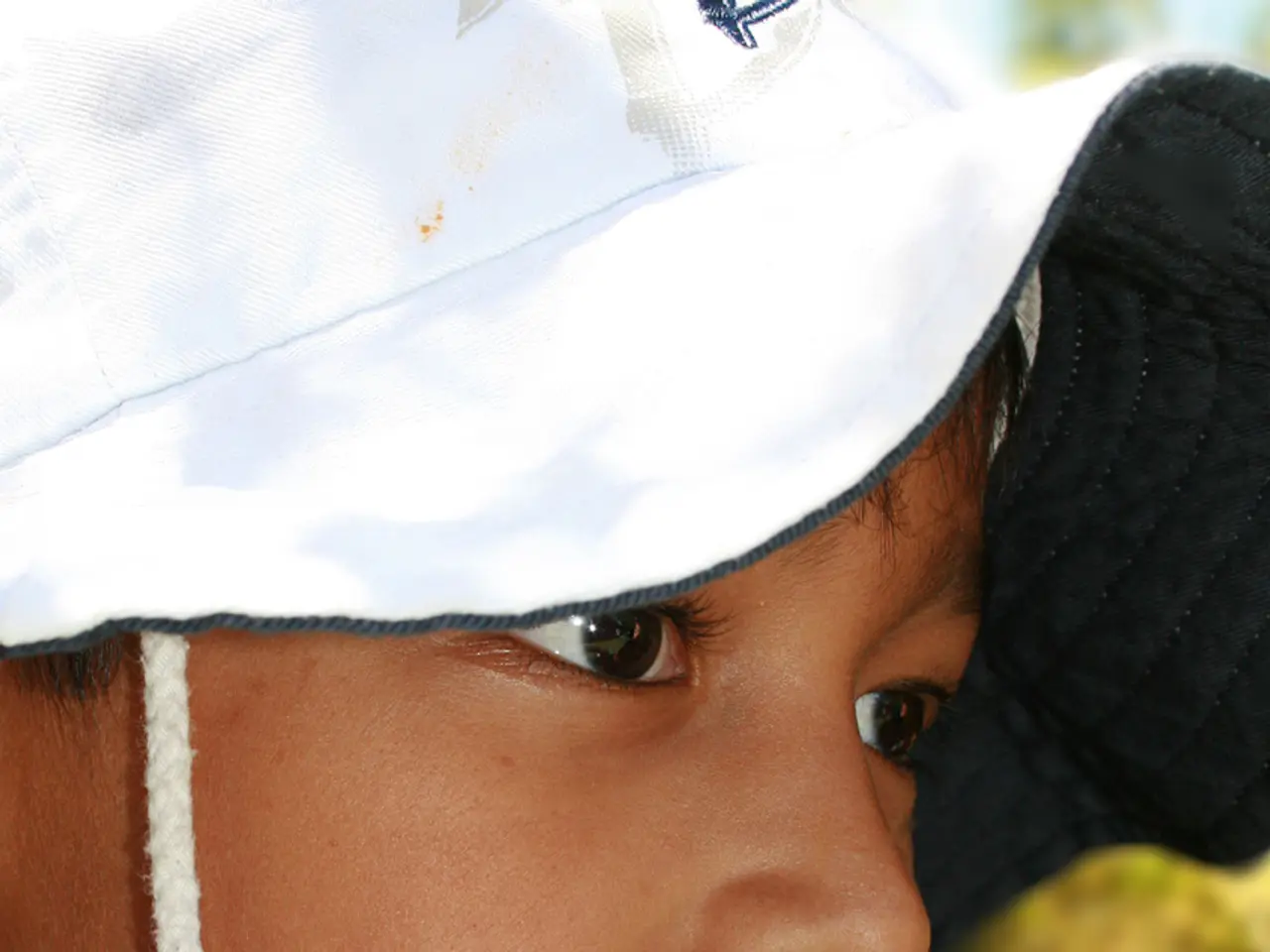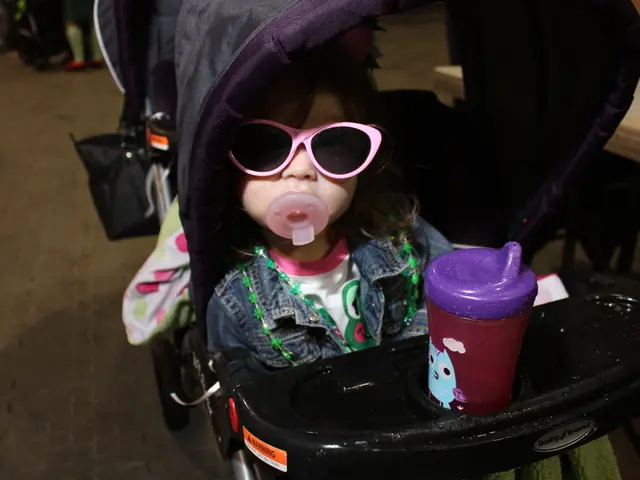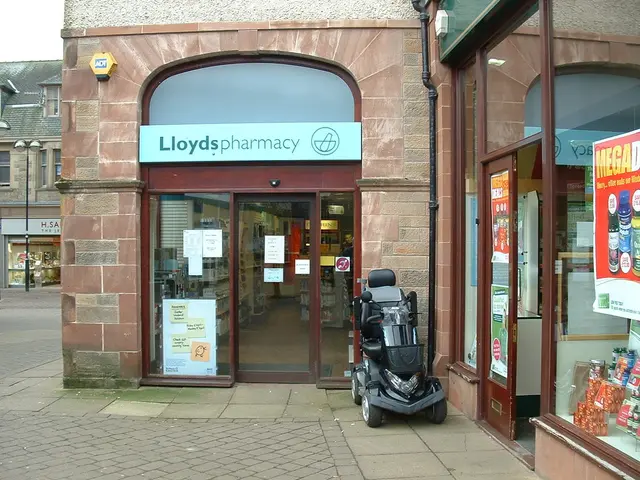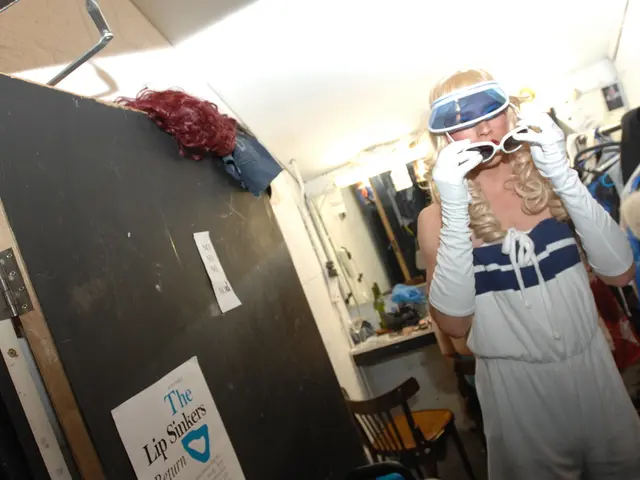Childhood Mononucleosis: Recognizing Signs, Origins, and Remedies
Mononucleosis, commonly known as the "kissing disease," is a viral infection that predominantly affects children and teenagers. The culprit behind this condition is the Epstein-Barr virus (EBV).
According to recent studies, younger children are more likely to acquire mono from a sibling than from a childcare or school setting. This virus is highly contagious at any age, and EBV can spread between people for several days before individuals show symptoms.
Symptoms and Recovery
Mononucleosis goes through an incubation stage of 4-6 weeks, during which the infection can spread, but a person may not show any symptoms. After this, mono symptoms may develop, typically lasting around 2-4 weeks. Symptoms of mono include fever, sore throat, extreme fatigue, swollen lymph nodes, headache, body aches, a swollen spleen, and a swollen liver.
Most children recover within 2 to 8 weeks with adequate rest, hydration, and supportive care. However, some may experience prolonged symptoms lasting several months. It's important for children with mono to avoid contact sports and heavy physical activity to prevent complications with the spleen.
Long-term Effects
While typical mononucleosis in children resolves within 2 to 8 weeks, prolonged symptoms or serious complications are uncommon but possible. A rare but serious long-term complication is Chronic Active EBV Infection (CAEBV), where EBV remains active, causing persistent or recurrent infectious mononucleosis symptoms lasting more than 3 months. This can lead to immune dysfunction, multi-organ complications, and, without hematopoietic stem cell transplantation (HSCT), can be life-threatening in a few years.
Other serious complications include enlarged spleen (risk of rupture), hepatitis, anemia, myocarditis, nervous system inflammation, and low platelet counts. These require prompt medical attention but are uncommon in typical cases.
Prevention and Treatment
There is no specific antiviral treatment for mono, and antibiotics are not effective against viral infections. The best way to prevent mono is to avoid sharing saliva and other bodily fluids, practice good hygiene, and not share personal items such as toothbrushes, cups, and utensils. Not sharing toothbrushes or utensils, cleaning children's toys if they are sharing them, and avoiding contact with anyone who has mono can help reduce the risk of EBV infection and mono.
In cases where tonsil swelling threatens breathing passages, corticosteroids may be prescribed by a doctor to reduce swelling. Vaccines are not currently available for mono, as the virus is difficult to grow in a lab and there is no consistent way to predict who will develop the infection.
In summary, while typical mononucleosis in children resolves within 2 to 8 weeks, prolonged symptoms or serious complications are uncommon but possible, especially with chronic active EBV infection that requires specialized treatment. It's crucial for children with mono to follow their doctor's advice for recovery and to maintain good hygiene practices to prevent the spread of the virus.
Read also:
- Is it advisable to utilize your personal health insurance in a publicly-funded medical facility?
- Dietary strategies for IBS elimination: Aims and execution methods
- Benefits, suitable dosage, and safety considerations for utilizing pumpkin seed oil in treating an overactive bladder
- Harmful Medical Remedies: A Misguided Approach to Healing








